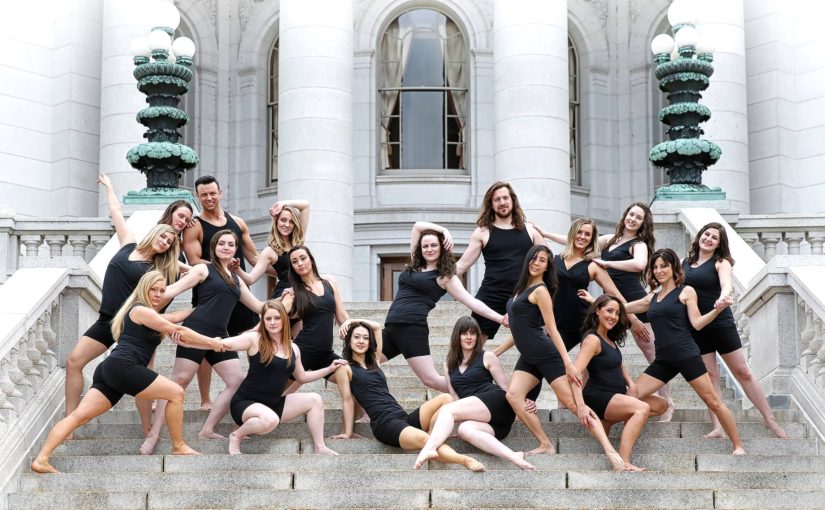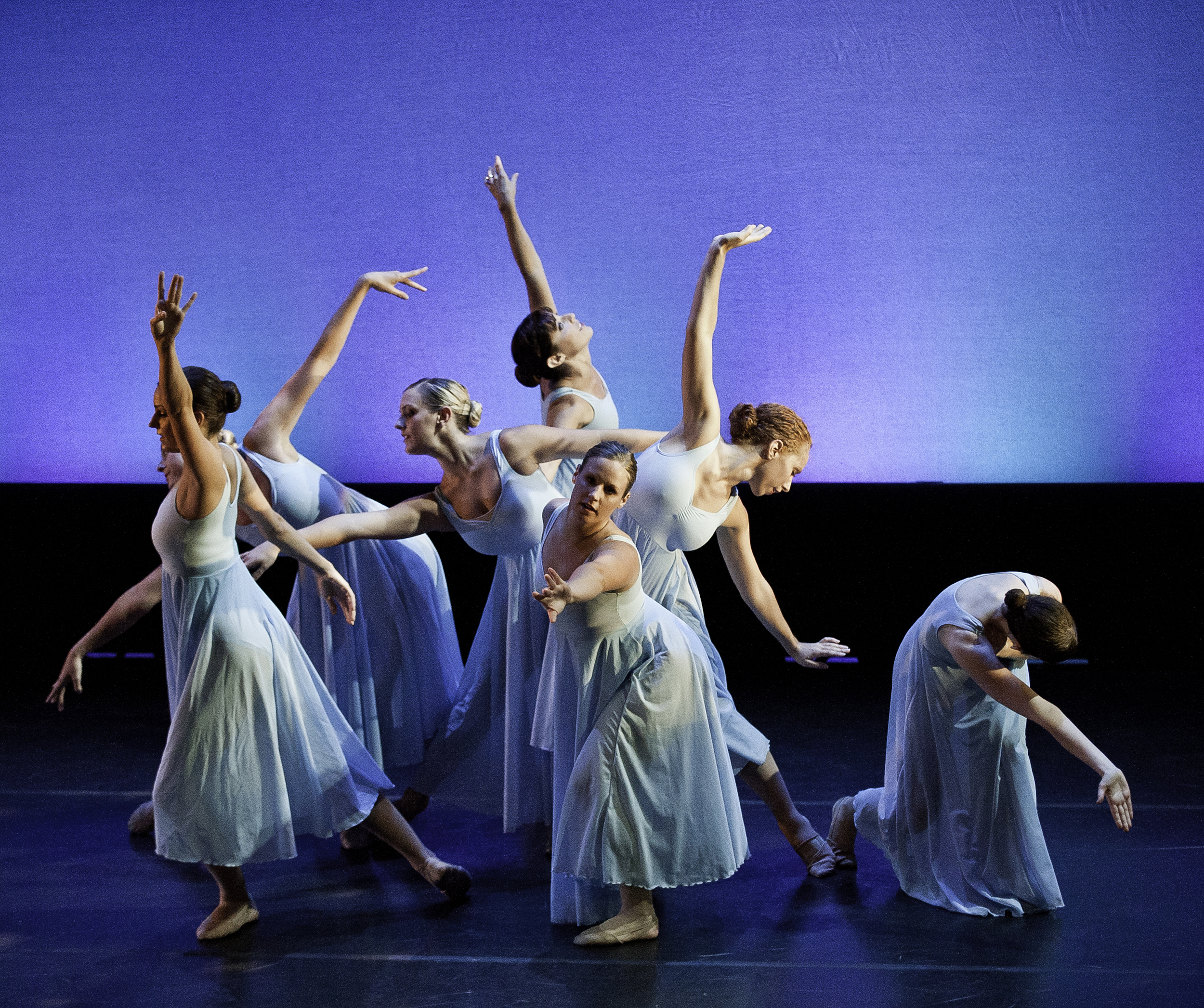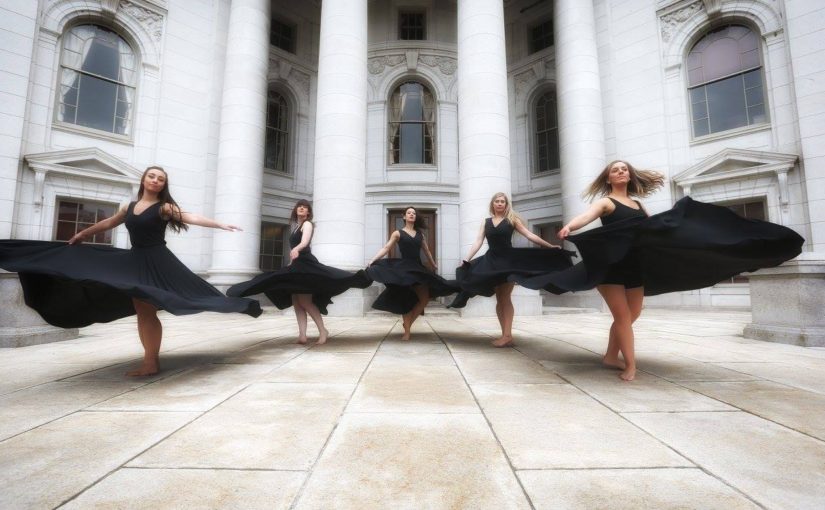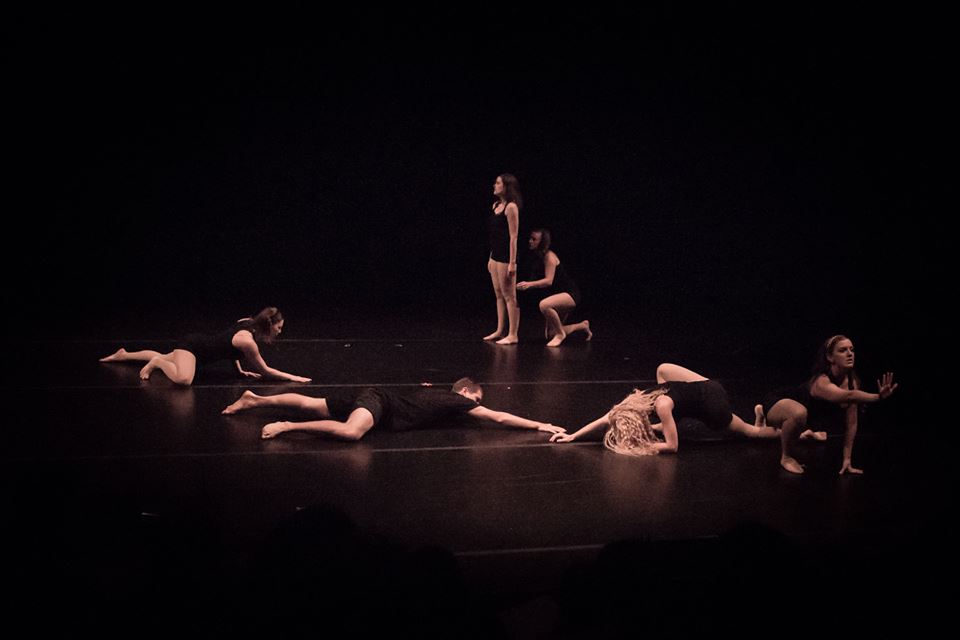by Joan H. Bress, LICSW, CEP
There’s money out there for students headed to college dance programs. Learn how to find it!
With college costs increasing at nearly double the rate of inflation, those of you headed to college have good reason to be concerned. Although the 1997 Taxpayers Relief Act softened the tuition blow for middle-income families and has encouraged saving early for future college expenses, paying for college tuition is still a major issue for most families.
The Total Package
Financial aid is money offered to students to help pay college expenses. It’s offered by both the federal and state governments, individual colleges and private organizations. It may come in the form of grants, which do not have to be repaid; work-study, which is a salary paid in return for work you do while you’re enrolled; or loans, which you must repay after you finish college or stop taking classes. Some aid is based on how much a student needs in order to pay the cost of education and some is based on non-financial factors such as academic, athletic or artistic talent; community service and leadership; contribution to the community in some unique way or membership in a particular group or organization.
Financial aid is given in a “package” that usually consists of a combination of grants, loans and campus employment, often including both need-based and non-need-based aid. At some colleges, as many as 70 percent of students receive aid.
How Do I Apply?
To apply for financial aid, you must complete one or more of the following forms:
• Free Application For Federal Student Aid (FAFSA)
• Financial Aid CSS PROFILE
• College Financial Aid Application
• Private Scholarship Application
Your answers to the FAFSA determine your eligibility for federal student aid. This form is also used to apply for some aid from the state and college. The majority of financial aid comes from the federal government, so all students applying for aid should fill out the FAFSA. It includes questions about parent/student income, assets and expenses for the calendar year preceding the student’s matriculation. The FAFSA, which may be filed electronically or in paper form, calculates the amount of money the government believes your family should be able to pay for educational expenses. This expected family contribution (EFC) is reported to you and to all of the colleges you’ll be applying to.
Since the expected family contribution is calculated by using a standard form prescribed by Congress, the amount you are expected to pay does not vary from one college to another. The cost of attending different colleges, however, does vary. Your need is calculated as the difference between the cost of attending the college and the amount your family is expected to contribute. The more expensive the college, the greater your need. The COST of attendance minus EXPECTED FAMILY CONTRIBUTION equals NEED. Suppose your family has an EFC of $15,000 per year and you are considering two colleges. College A has a cost (tuition plus room, board and expenses) of $33,000 per year. College B has a cost of $15,000. Your NEED for College A would be $18,000 while your NEED for College B would be $0 (see the chart).
COST – EFC = NEED
College A $33, 000 – $15, 000 = $18,000
Your financial “ need” would be $18,000 per year.
College B $15,000 – $15,000 = $0 you would have no financial need.
Although colleges try to meet the demonstrated need of all students, there’s often not enough money from the government or from the school’s resources, to do this. While it is true that some of the most expensive schools have the greatest amount of money available for financial aid, it’s a good idea to select colleges with a range of costs, including some that are totally within the financial reach of your family.
FAFSA Tips:
File the FAFSA even if you believe that you’re not eligible for need-based aid. Some non-need-based programs require you to show that you do not qualify for federal aid.
Apply early. Colleges generally do not have enough of either their own or Uncle Sam’s money to meet the needs of all students who qualify.
Keep track of deadlines. The FAFSA should be filed as soon as possible, after January 1. Each college sets its own deadline for the PROFILE, sometimes as early as December 15.
Be accurate. The time needed to correct errors may cause you to miss out on some sources of aid. Know that you may be asked to verify the information you supply on financial aid forms. Keep copies of all relevant material.
Remember that the best aid packages go to the most desirable students. Keep your grades up and choose your colleges carefully.
The PROFILE is a form used by about 900 schools, as well as some private scholarship programs, to award non-federal aid. Although similar to the FAFSA, the PROFILE asks for more detailed information about the family’s resources and expenses. Depending on the requirements of the schools you apply to, the PROFILE may include two supplemental applications and up to 150 additional questions.
Unlike the FAFSA, it’s not free. It is processed centrally for a $5 registration fee, and reports are sent to colleges of your choice at a cost of $15 per school.
Other colleges may have their own financial aid application in addition to the FAFSA. As this type of form is part of the admission application, there is no additional fee required to file it. Private sources of financial aid also have their own application process, which may include essays, interviews, portfolios and/or auditions.
Non-Need-Based Aid
In addition to need-based aid, schools offer non-need-based aid—often called merit aid—to students whom they want to attract to their school. While need-based aid is likely to be made up largely of loans which must be repaid, merit aid is more likely grant money, which does not need to be repaid. When selecting your colleges, consider some schools that will be eager to have you as a student. The most desirable students can expect the best financial aid package—one heaviest in non-repayable grants.
At some schools, any student who presents a pre-set high school average and SAT score qualifies for merit aid. Sometimes, this award includes the opportunity to take special honors-level classes or to work more closely with professors. Schools may also allocate merit-based aid for students with particular talents, in which case, an audition or portfolio presentation would be necessary (see DS February 2000).
Non-Institutional Aid
Wise students look beyond their college and the government for financial aid. Both need-based aid and merit aid are offered by philanthropic foundations, religious and community organizations, businesses, civic groups and organizations connected to your field of interest. Some of these scholarships are highly competitive and require in-depth applications. You should leave yourself plenty of time to prepare. Online scholarship search engines help students locate appropriate awards. If you’re an academically and artistically talented student, you should look into scholarships offered by the National Alliance For Excellence and the National Foundation For Advancement In The Arts.
Scholarships Of Special Interest To Dancers
• National Alliance For Excellence, Inc
• National Foundation For Advancement In The Arts
• Harlequin Dance Scholarship Program
Online Financial Aid Resources
• College Board: Information about selecting and applying to college. Includes links to the PROFILE and a free scholarship search.
• FinAid: The most complete source of online financial aid information. Includes a free scholarship search, information on loans and grants and a calculator to help you project college costs, likely scholarship awards and loan repayment plans.
• SallieMae: Offers college financing solutions, cost calculators and scholarship and loan information.
• FastAid: Free scholarship search engine.
• FAFSA: Complete the FAFSA online and immediately receive your expected family contribution figure.
• US Department of Education: Information on tax credits, federal and state aid and private funding sources.




